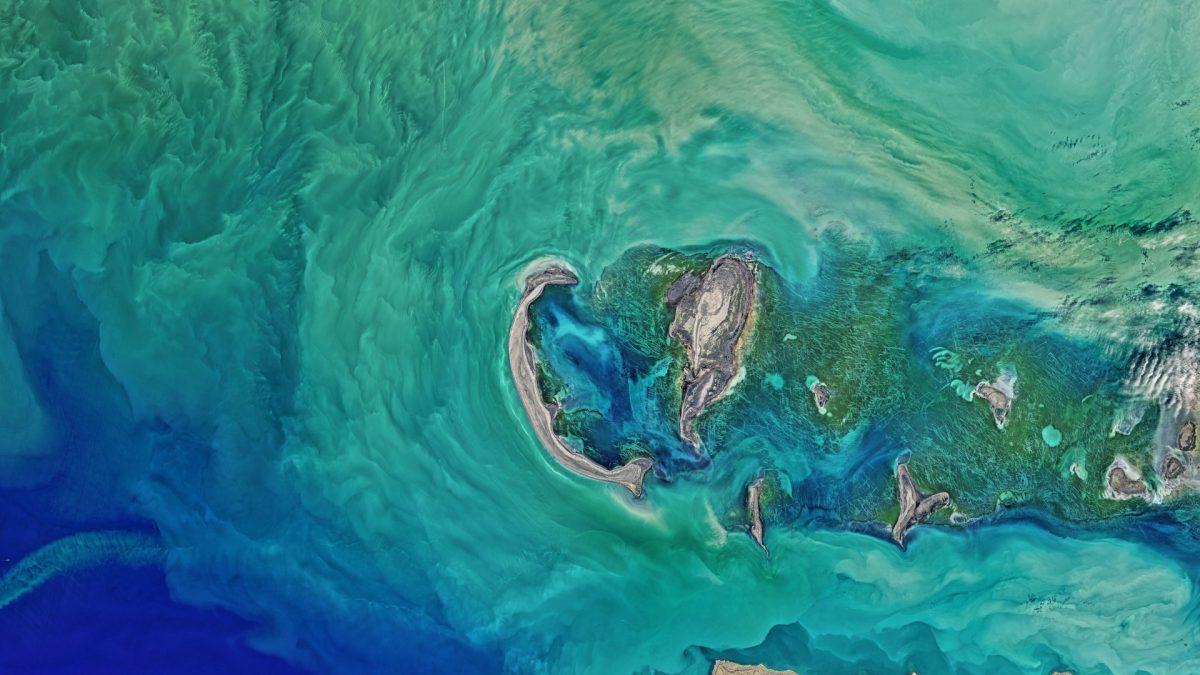An introduction to PrimeWater, an Horizon2020 EU project
Interview between the International Water Association (IWA) and Apostolos Tzimas, Managing Director at EMVIS Consultant Engineers. Within PrimeWater, Apostolos is the project lead and he further represents EMVIS as member of the PrimeWater project consortium.
IWA: What challenges is PrimeWater addressing?
AT: As water management operations are growing in importance and complexity, challenges regarding regulatory compliance, risk management and cost optimization become critical determinants of the sustainability of water services to the environment, businesses and society. Our team will be working for the next three years to maximize the potential of Earth Observation (EO) technologies for the water sector by enhancing and expanding the information base for inland water quality attributes, through advanced algorithms that integrate multi- and hyper-spectral imagery from satellite, airborne and ground-based sensors. Further to this, employing Data Assimilation and Machine Learning techniques, we are aiming at improving the skill of hydro-ecological forecasts and their related impact at different spatial scales and time horizons, enabling even more educated decision making.
IWA: What are the expected outputs of the project?
AT : PrimeWater aims to deliver improved and efficient algorithms that will exploit the hyperspectral capabilities of new space-born optical sensors for reliable monitoring and assessment of aquatic ecosystem. Early findings of hyperspectral missions (e.g. PRISMA by ASI, DESIS by DLR/ISS) will be used, exploiting the possibilities of delivering enhanced monitoring products of inland waters quality. Beyond this, research results are expected to contribute to the upcoming hyperspectral missions planned by ESA and NASA. PrimeWater has also a strong cross cutting scientific outreach that goes beyond the Remote Sensing domain, aspiring to add considerable value in the EO products, through advanced Environmental Modeling, Data Assimilation and Machine Learning techniques. Furthermore, PrimeWater will operationalize advanced forecasting solutions for water quantity and quality characteristics across multiple time-horizons, from short-term (7-10 days) to seasonal time frames (3-7 months), based on process-based and data driven hydrological and water quality models. A detailed dissemination and communication strategy has also been developed to encourage the uptake of project outputs within EU and beyond.
IWA: What makes PrimeWater unique or different than other projects?
AT : PrimeWater lies on the frontiers of the Remote Sensing research, bringing together international research groups across Europe, Australia and United States in a coordinated research context. What makes PrimeWater unique is the close connection our group establishes with the scientific community as well as with stakeholders from various societal and economic domains that water is crosscutting, bringing new knowledge closer to end users. For example, we have setup a Virtual Lab environment that will allow sharing of datasets, experimental protocols and methods in each scientific experiment, promoting collaborating research and enhancing the transparency and reproducibility of scientific results. We have established an international Multi User Panel to actively engage in the co-design, co-creation and co-evaluation process of intelligent EO-enabled water services. Additionally, we intend to investigate and better understand the social and institutional determinants for innovation adoption in the water industry through behavioral analysis methods to enable stronger uptake of innovation. We are developing an operational web-based platform to facilitate interoperability among EO and modeled services offering continuous monitoring of critical environmental parameters and producing forecasted water quality characteristics in reservoirs and lakes, to demonstrate the unique possibilities intelligent services can offer and establish confidence to potential users. Finally, we are looking beyond the lifetime of the project and we are designing a Community of Practice (CoP) that will bring together end-users, scientists and knowledge purveyors to ensure the continuous streamlining of science and innovation to the water sector. We are hopping our initiative to stimulate wide interest to follow or join our work from the collaborative scientific experiments to the consultation and dissemination events that we are planning, establishing an active community around PrimeWater.
IWA: What is the purpose of the case studies in PrimeWater? How are the results being integrated?
AT : A Europe-based and three international case studies in US and Australia have been selected to demonstrate the value of using EO-enabled services for improving water information systems in different types of water catchments and sectors. The demonstrators will go further down the EO added value chain, showcasing the possibilities of improving operational hydro-ecological forecasting through multisource EO data assimilation and machine learning techniques.
IWA: How will the products that PrimeWater produces help different water users interpret Earth Observation information (upstream data)? What approaches are being used?
AT : PrimeWater aims at increasing the situational intelligence of water regulators, emergency planners, water-related industry professionals and local communities by introducing new EO and modeled data, extending actionable information in space and time. When it comes to water operations, early detection and rapid response as well as adaptive planning are critical in proactively determining and mitigating water hazards since adapting to risks in a planned manner is far more efficient than reacting to a major system failure. At the same time, improved environmental performance is sought while lowering cost. Foresight, gained from modelling of highly complex and dynamic systems and skilful predictive services can guide water professionals in making quick and data-informed decisions, achieving regulatory compliance at low cost and improve the day-to-day performance.
Tags In
Leave a Reply Cancel reply
You must be logged in to post a comment.
Categories
- Blogs (13)
- Experiments (10)
- Factsheets (1)
- Interviews (6)
- News (47)
- Newsletter (13)
- Publications (18)
- Survey (1)
- Virtual Lab (1)
- Webinar/workshops (14)


